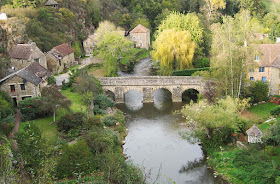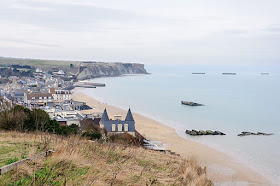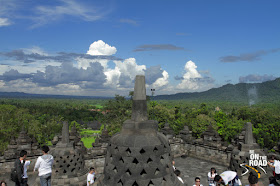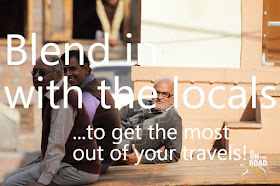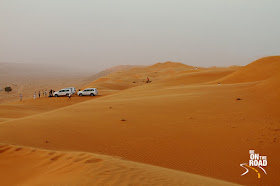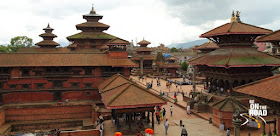
For a lot of people, the idea of relaxing on a beach for a couple of weeks is as close to paradise as they can get, but for others, this is not the case. Even if you are staying in one of the world’s best resorts, with a private beach and an all-inclusive drinks service, you can feel trapped on your vacation and stuck watching the hours tick by on a sun lounger.
If relaxing by the pool isn’t your idea of a dream vacation, then this list is for you. There are some great alternatives available to boring beach vacations, and here we are going to look at some of the activities and destinations you should choose from if you are trying to avoid the beach and have an experience to remember on your next vacation.
Get some adventure out of life
Nothing could be further from laying on a sun lounger than having an adventure through a tropical forest or faraway metropolis.
On a beach holiday, you simply don’t get the opportunity to see or do that much, but if you go to a city or choose to explore one of the world’s tropical rainforests, you are guaranteed some adventure, with plenty to do, see and experience. It’s up to you whether you would prefer to explore one of nature’s jungles or an urban jungle, but switching the beach for somewhere inland will give you plenty of opportunities to find some adventure on your vacation.
Try taking your taste buds on a journey
If you enjoy food and drink, then you should consider making cuisine the focus of your travels. Europe is one of the world’s most popular tourist destinations for a number of reasons, but try taking your taste buds on a trip through Spain, France or Italy. A trip like this can open up all of your senses to a whole new world of flavours and cooking styles.
You don’t have to choose European destinations either; there are unique cuisines waiting for you to discover them all over the world, with Asia being an area where you simply can’t go wrong if you want to sample some of the world’s most exotic and extravagant dishes.
Fish your way across the world
Fishing is one of the world’s most popular pastimes and gives anglers an opportunity to get out into the great outdoors and explore parts of the world that too few tourists take the time to visit.
If you are considering a fishing vacation, then you should definitely look at organized fishing tours that cover a lot of different fishing spots and give you a chance of catching a variety of species. Kayak tours are becoming more popular every year, with kayaks becoming one of the best options for anglers who want to explore the world while they fish its waters.
Tired of the sun? Try the snow
One of the best alternatives to the beach is the slopes. Swap the sand for some snow and your vacation will be a drastically different experience.
Choosing a skiing or snowboarding holiday will add a lot more fun and adventure to your vacation, and even if you don’t fancy taking to the slopes, there is still plenty to do in a winter wonderland. You can enjoy the skiing culture without having to put skis on. There are always gatherings, parties, and events that surround skiing and snowboarding, and you can have a great time just by joining in with the festivities and playing in the snow.
Though a great many people want nothing more from a vacation than a spot in the sun on a quiet beach for two weeks, many people see this as a wasted opportunity and want to get out into the world and see what experiences it has to offer.
Hopefully, this list has given you the inspiration and information you need to switch things up next time you go away and visit a vacation destination that gets your pulse racing rather than one that keeps you confined to a beach.

